Man with a Movie Camera (1929)
Dir. Dziga Vertov
Writ. Dziga Vertov
w/Mikhail Kaufman
Participant/observers seek to study their environments without affecting them, a nearly impossible task. Film theoretician and KinoEye patriarch Dzigo Vertov believed the human eye inferior to the camera's perfect lens but his films very rarely ended up in the untainted form of cinema verite. In order to achieve a certain symmetry, he shapedThe Man With The Movie Camera in the cutting room.
Vertov lauds his experiment's independence of theatrical language and accoutrements and then gives immediate visual conflict to counteract his point. The opening sequence consists of an indoor stage in which the chairs fold and unfold, lights are adjusted, the projectionist prepares his mechanisms. The man with the camera - no larger than the human eye itself in a clever establishing shot - then sets about the task of filming, beginning just after dawn. An entire world is evoked in an hour, one full day in the life of a blossoming socialist Russia. [1]
Many of the people don't know they're being filmed. The man with the camera walks in and out of random frames as though he had been spliced in, not a part of the same world. The music, written by Vertov with explicit instructions to the musicians, energizes the visual tongue, lending it urgency and seamless buoyancy. Deft hands scrub a girl's hair in a salon basin one moment; the next, lace curtains get plunged into a washtub. The man with a camera rides atop a car, behind his tripod, capturing the occupants of a horse-drawn carriage in what seems like an exercise in silliness. The frames freeze. Stills of people and settings and still more stills and a woman cutting negatives of those bits of time in a shop with the stilled machines of industry.
Interesting, dissolute split screens imply a juxtaposition of purpose and results. The man with the camera knows he's not getting pure verite; more important is his conscious intent. The shots are sped up and otherwise manipulated as proof of the power of the camera's eye. A woman screens her face from the camera as she registers for divorce; covers her face in grief at a cemetery; lies wreathed in flowers at a funeral procession; shudders in labor.
Through the eyes of the camera, no difference exists between the woman who holds her purse in front of her face at the divorce registry and the one who rocks to and fro over a burial stone.
Achieving climax when the camera man appears on the big screen, the audience in the theatre holds no barrier for the audience of the larger film. The two are inseparable. In an attempt to show reality with a given margin for error, the man allows his instrument to speak for itself and denudes the barrier between camera eye and subject - both within the context of the film and without - by including us in the relationship. The filmmaker thus successfully demonstrates the superiority of even a slightly adulterated KinoEye. Instead of being voyeuristic or somehow removed by the taint of fiction, the audience shares in the innocent simplicity of his vision.
[1] When all artistic endeavors became the domain of the Central Committee in Stalin's Soviet Union in the 30s, individual style was suddenly interpreted as lying outside the best interests of the people. Kuleshov and Eisenstein, among other directors, were ostracized outright. Vertov simply faded into relative obscurity, working mostly on Novosti Dnia ("The News of the Day") in a limited role. His younger brother, Boris Kaufman, moved to the U.S., where he won an Oscar for his cinematography in On the Waterfront.
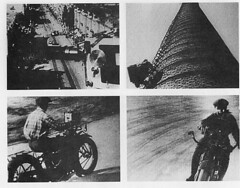
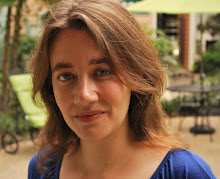

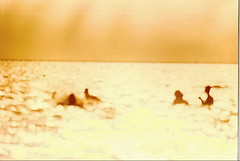


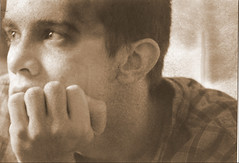
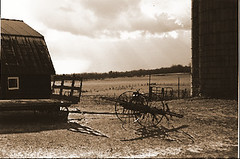







2 Comments:
this one is a good film :), I like dadaisms in art..
that's a good note. i haven't really taken a look at just how Dada this film might be.
anti-war, Vertov? i would have to study, but the time was certainly right for it.
thanks for stopping by, btw.
Post a Comment
<< Home